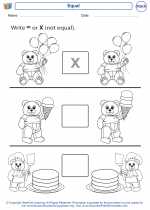Fractions
A fraction represents a part of a whole. It consists of two numbers, one above the other, separated by a horizontal line. The number above the line is called the numerator, and the number below the line is called the denominator.
Types of Fractions
There are different types of fractions:
- Proper Fraction: When the numerator is less than the denominator (e.g., 1/2).
- Improper Fraction: When the numerator is greater than or equal to the denominator (e.g., 5/3).
- Mixed Number: A whole number combined with a fraction (e.g., 2 1/4).
Equivalent Fractions
Equivalent fractions are different fractions that represent the same part of a whole. They have different numerators and denominators, but the same overall value (e.g., 1/2 is equivalent to 2/4).
Adding and Subtracting Fractions
When adding or subtracting fractions, the denominators must be the same. If they are not the same, the fractions need to be converted to equivalent fractions with a common denominator before performing the operation.
Multiplying and Dividing Fractions
When multiplying fractions, simply multiply the numerators together and the denominators together. When dividing fractions, multiply the first fraction by the reciprocal of the second fraction (i.e., flip the second fraction and then multiply).
Using Fractions in Real Life
Fractions are used in many real-life situations, such as cooking (measuring ingredients), shopping (calculating discounts), and sports (scoring and statistics).
[Fractions] Related Worksheets and Study Guides:
.◂Math Worksheets and Study Guides Kindergarten. Comparing, and ordering
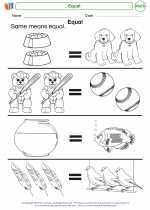
 Coloring Worksheet
Coloring Worksheet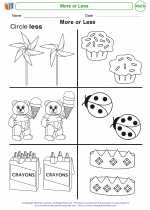
 Coloring Worksheet
Coloring Worksheet
 Worksheet/Answer key
Worksheet/Answer key
 Worksheet/Answer key
Worksheet/Answer key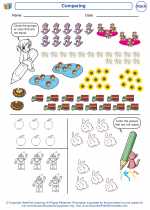
 Worksheet/Answer key
Worksheet/Answer key
 Worksheet/Answer key
Worksheet/Answer key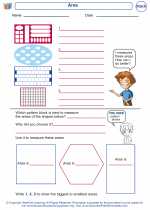
 Worksheet/Answer key
Worksheet/Answer key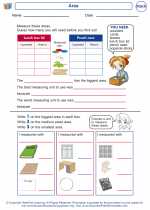
 Worksheet/Answer key
Worksheet/Answer key